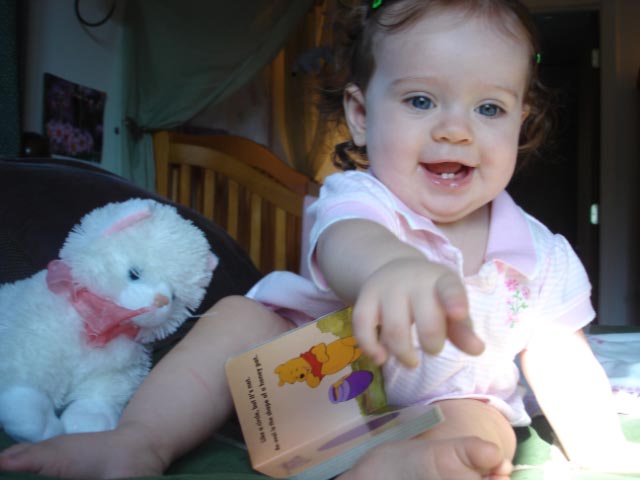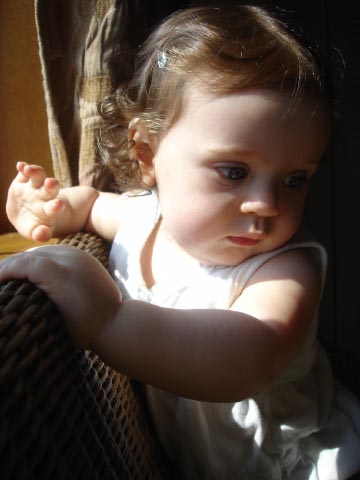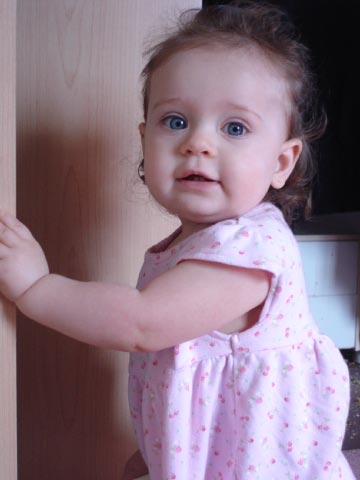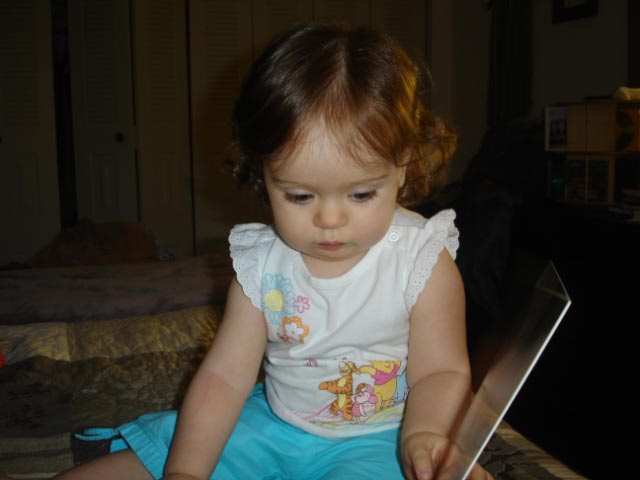First-time connections with low bandwidth (dialup) might require 1-2 minutes to automatically load movie
The road to what I feel is a full recovery from RSD was one which required patience and faith. After being released from the hospital following the High Dose Ketamine Coma Treatment, I was pain free. I of course took advantage of my new found freedom and walked as far as my weakened state would allow. I was ready to get my life back into full swing immediately - not wanting to lose another moment of my twenties. The road to recovery however, proved to be longer than I had anticipated.
After pushing myself to be normal right away, some of the pain returned and I again found myself requiring medication to manage the pain. Granted, my level of pain was no where near the point I was at before the HDKCT, but it was there rearing it's ugly head. I began a series of booster treatments and knew in my heart that even this reduced level of pain was the best I would feel than it was still worth it. Thankfully I did not have to settle.
Some booster treatments felt more effective than others, but there was a definite gradual lessening and isolation of my pain associated with the RSD. Oddly enough, during this time I developed RSD pain in my neck (which had not been a problem for me previously). I honestly feel that the pain began due to my stubborn nature - I had great difficulty not assisting my husband with helping move our household while still under going treatment.
After such a scare, I really toned down my activities. What I hadn't taken into consideration was the amount of muscle loss I had in fact endured being disabled for over four years - not to mention the recovery from the coma treatment itself. Baby steps (swimming and minimal yoga - mixed with lots of intentional passing of time through reading books, worked well for me).
I wanted to be completely healthy again so badly I could taste it. I applied the general rule that hospital staff had passed on to me after being admitted for a procedure - for every day spent in the hospital following treatment expect roughly 3 days of recovery time once you are out. I am sure this varies, but it gave me a basis for allowing time to pass without too much frustration. It wasn't so much that I woke up one day and realized pain was no longer a factor; no, it was much more subtle.
Getting better came to me in the thrill of being able to sleep snuggled up in blankets comfortably. Being able to sit in accordance with my mood, as opposed to leaning on which ever appendage hurt the least at the moment - like crossing my legs (if you have RSD you know what I mean). A huge deal for me was the first time some one hugged me and it felt nice instead of hurting. Months after the HDKCT, I found that I was no longer a prisoner trapped inside my body.
I had the HDKCT done in May of 2005. It took until early 2006 before I was able to return to the working world, and I began at 2 days a week. I went through a normal, healthy pregnancy, and gave birth to a sweet and healthy baby girl on September 24th. To me that says it all. Since the pain fizzled out completely, I have not as of yet had an inkling of it's return.
Elizabeth Jones
October 13, 2006
UPDATE: October 24, 2007
Dr. Kirkpatrick- Edwin Jones here, and I just wanted to drop you a line and send some pics of Sophie who has just had her 1st birthday as well as give you an update on Elizabeth. 2 years and 4 months after having the ketamine coma treatment, Elizabeth remains absolutely pain free with no complications that we have seen. She's simply her old healthy self. Sophie is also as healthy as can which is a true blessing. As always we send you our eternal gratitude at the gift you and your colleagues have given us. Keep up the good work and we hope all is well with you and yours!
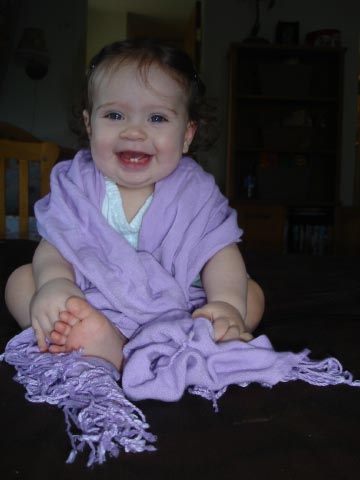


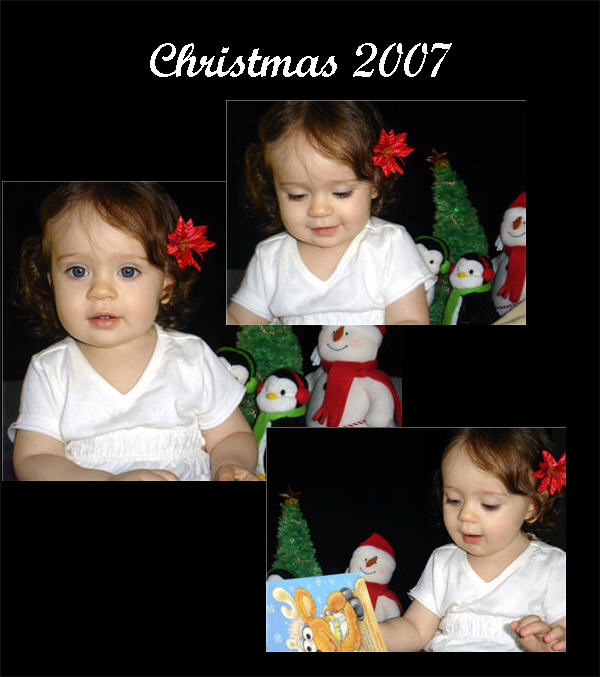
RELATED SITES:
HOME PAGE WITH 38-MINUTE VIDEO
HOME | MENU | CONTACT US
The International Research Foundation for RSD / CRPS is a
501(c)(3) (not-for-profit) organization in the United States of America.
Copyright © 2005 International Research Foundation for RSD / CRPS.
All rights reserved.
For permission to reprint any information on the web site, please contact the Foundation.
